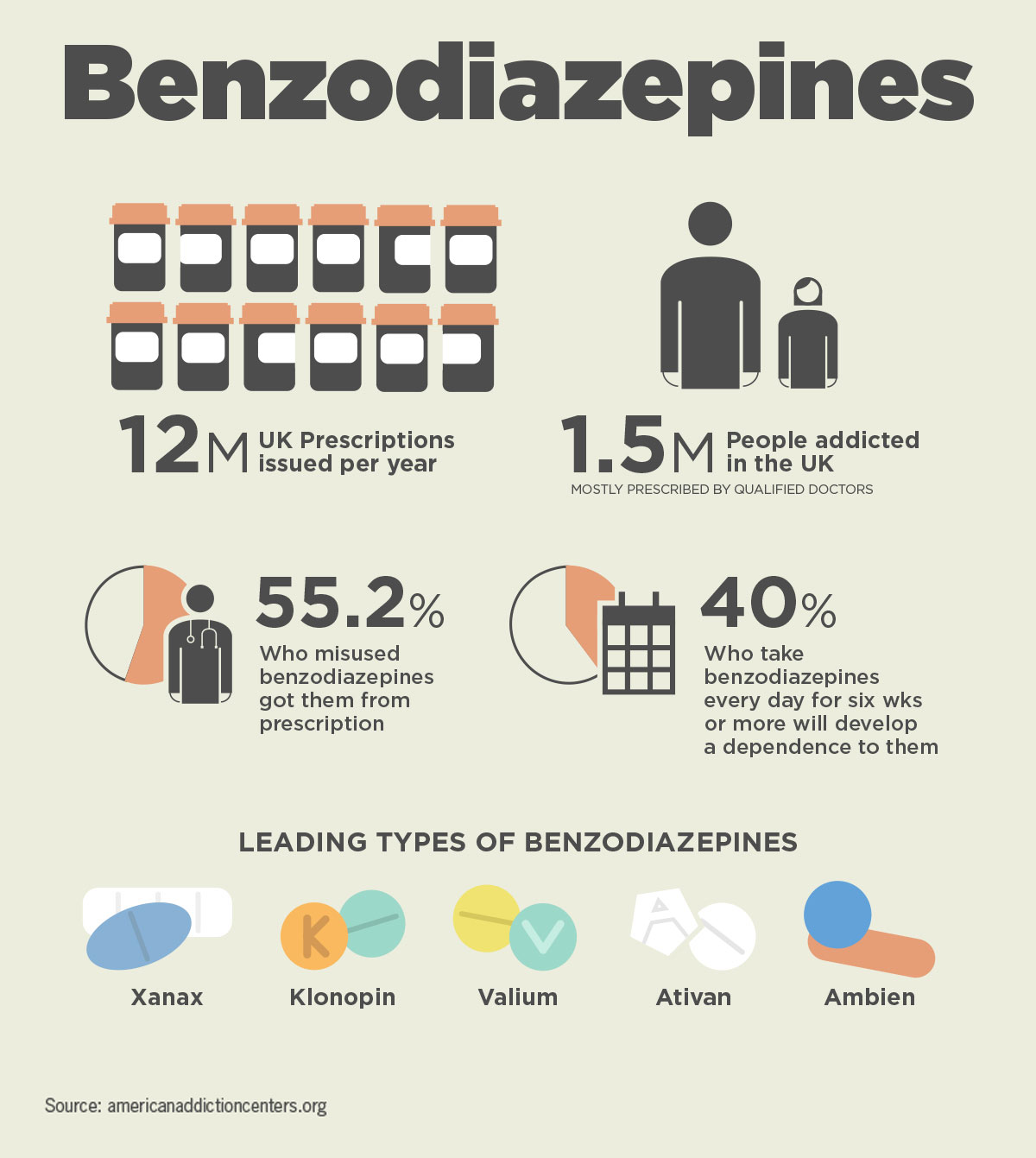


The most important part of this research is the configurations and applications of onion routing on the existing e-services, such as Virtual private network, Web-browsing, Email, Remote login, and Electronic cash. It depicted the use of the method to protect the user from the network and outside observers who eavesdrop and conduct traffic analysis attacks. This method was publicly released by the same employees through publishing an article in the IEEE Journal on Selected Areas in Communications the same year. It was then refined by the Defense Advanced Research Projects Agency (DARPA) and patented by the Navy in 1998. Reed, and David Goldschlag to protect U.S. Naval Research Laboratory by employees Paul Syverson, Michael G. Onion routing was developed in the mid-1990s at the U.S. While onion routing provides a high level of security and anonymity, there are methods to break the anonymity of this technique, such as timing analysis. The sender remains anonymous because each intermediary knows only the location of the immediately preceding and following nodes. When the final layer is decrypted, the message arrives at its destination. The encrypted data is transmitted through a series of network nodes called " onion routers," each of which "peels" away a single layer, revealing the data's next destination. In an onion network, messages are encapsulated in layers of encryption, analogous to the layers of an onion. Onion routing is a technique for anonymous communication over a computer network.

Router B sends it to Router C, which removes the final layer of encryption and transmits the original message to its destination. Router A sends it to Router B, which decrypts another layer to learn its next destination. In this example onion, the source of the data sends the onion to Router A, which removes a layer of encryption to learn only where to send it next and where it came from (though it does not know if the sender is the origin or just another node).


 0 kommentar(er)
0 kommentar(er)
